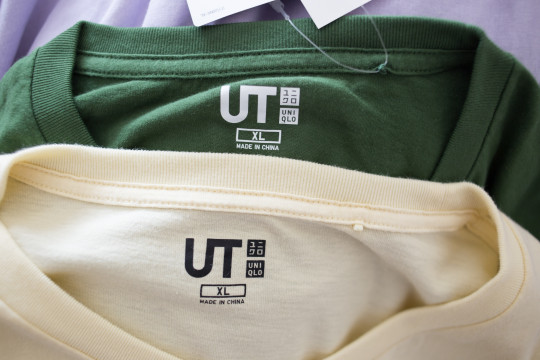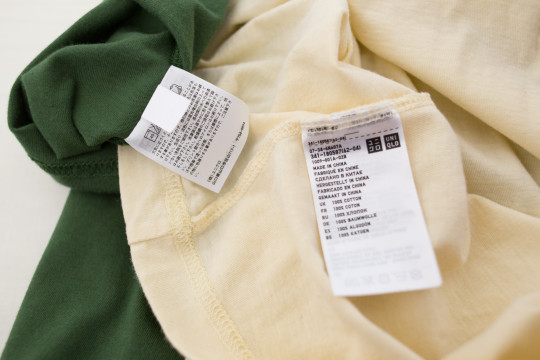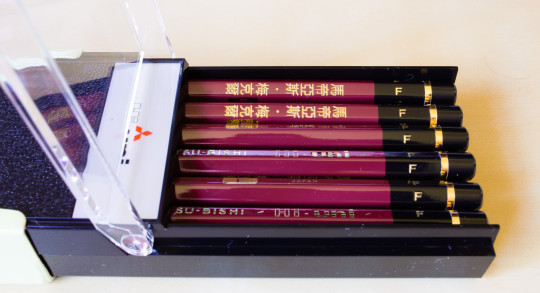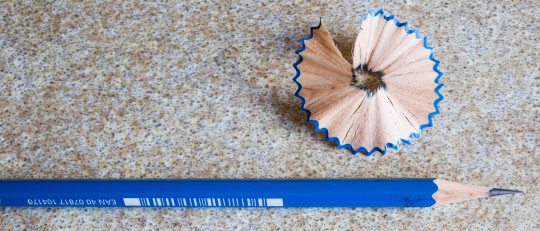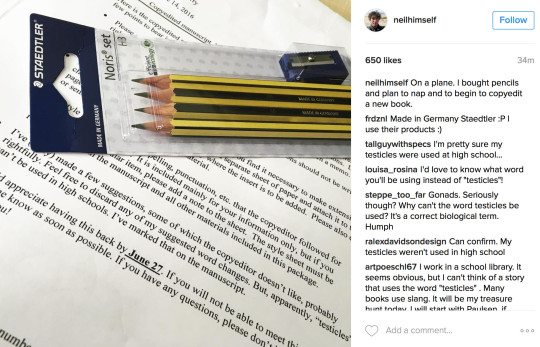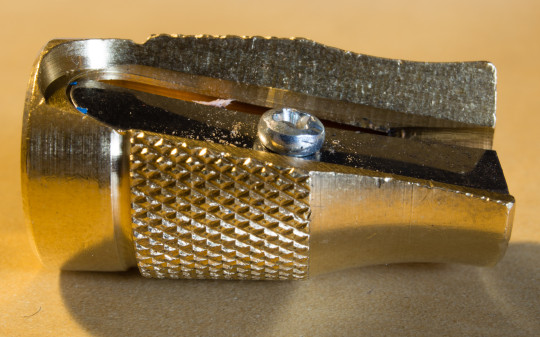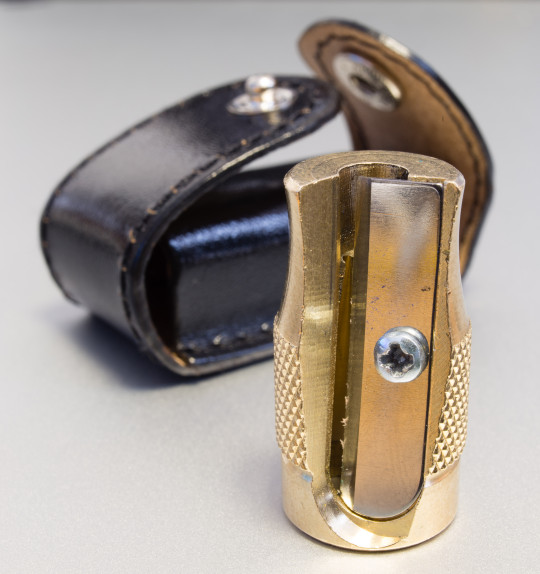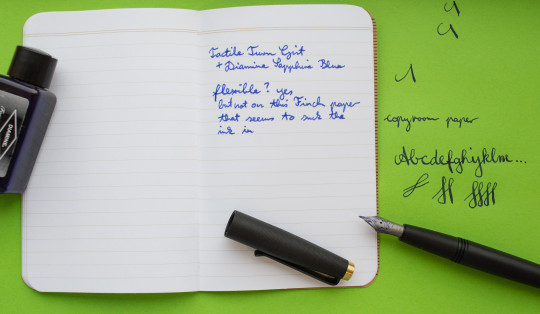The surface of Staedtler’s Pigment Liner 308

I usually do nearly all my writing with pencil or fountain pen (actually, most is pencil, I don’t use fountain pens that often anymore), but this week I had a situation where neither pencil nor fountain pen was good enough.
I tried to label a blue Atoma notebook, like the one seen here, but because the blue is quite dark graphite is too light and even my Tactile Turn Gist with black ink was too light, so I wrote with my Staedtler Pigment Liner in 0.5mm over the black ink from the Fountain Pen – this made the lines much darker. Off-topic: the finest pen I have is a Faber-Castell Ecco Pigment 0.1mm, which is pretty fine, but Staedtler’s Pigment Liner is even available in 0.05mm!
Why do I mention this? ..because of the surface of the Pigment Liner.

Lamy 2000
Many people, me included, love the Lamy 2000, which is not only because of its shape, but also because of the material used and its surface. I think many people put the good feel of the pen down to the material, Makrolon, but I think it is also down to the surface of the pen. The surface is not just smooth, but is made up of tiny lines that run along the body of the pen. As the lines are so fine the material is also worn down fairly soon which, I think, explains the ageing process where the Lamy 2000’s surface becomes more smooth – something we are all used to seeing from the often used keys on our keyboards.
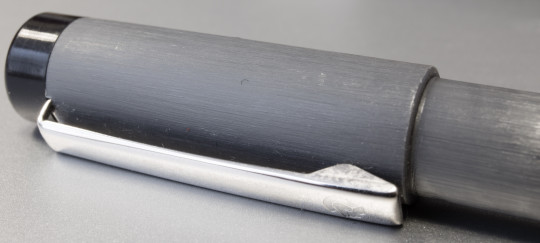
Staedtler Pigment Liner 308
Staedtler’s Pigment Liner has a very similar surface, made up of little lines. I guess the main difference between this pen’s surface and the surface of the Lamy 2000 is down to the material used and the shape. I don’t know how difficult it it so make this surface, but it looks fantastic and this is certainly the only single use, i.e. non-refillable, pen I know that has a surface like that.
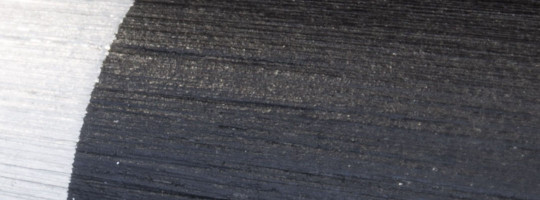
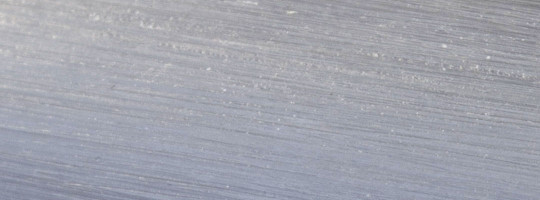
The surface of Staedtler’s Pigment Liner 308 Read More »


